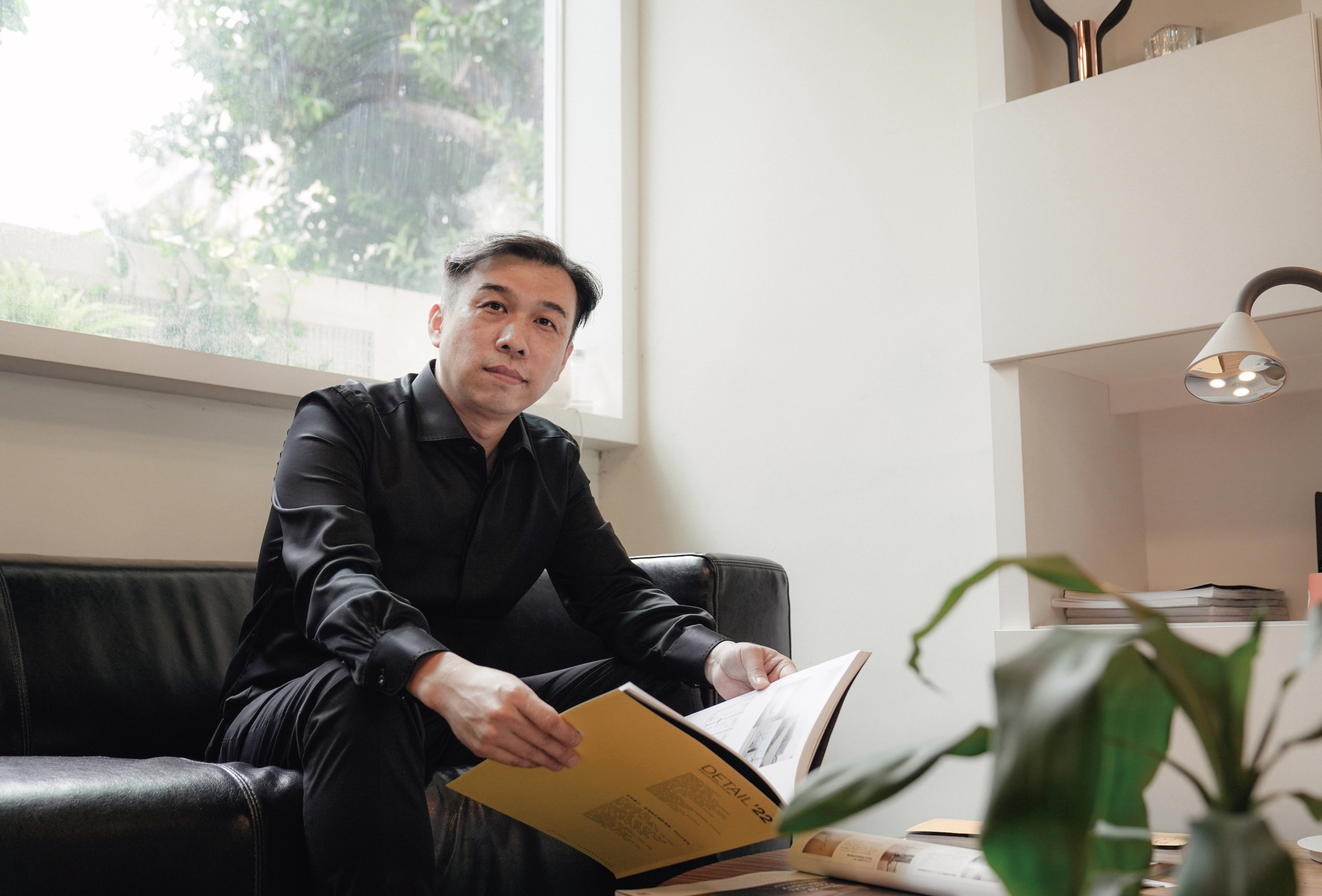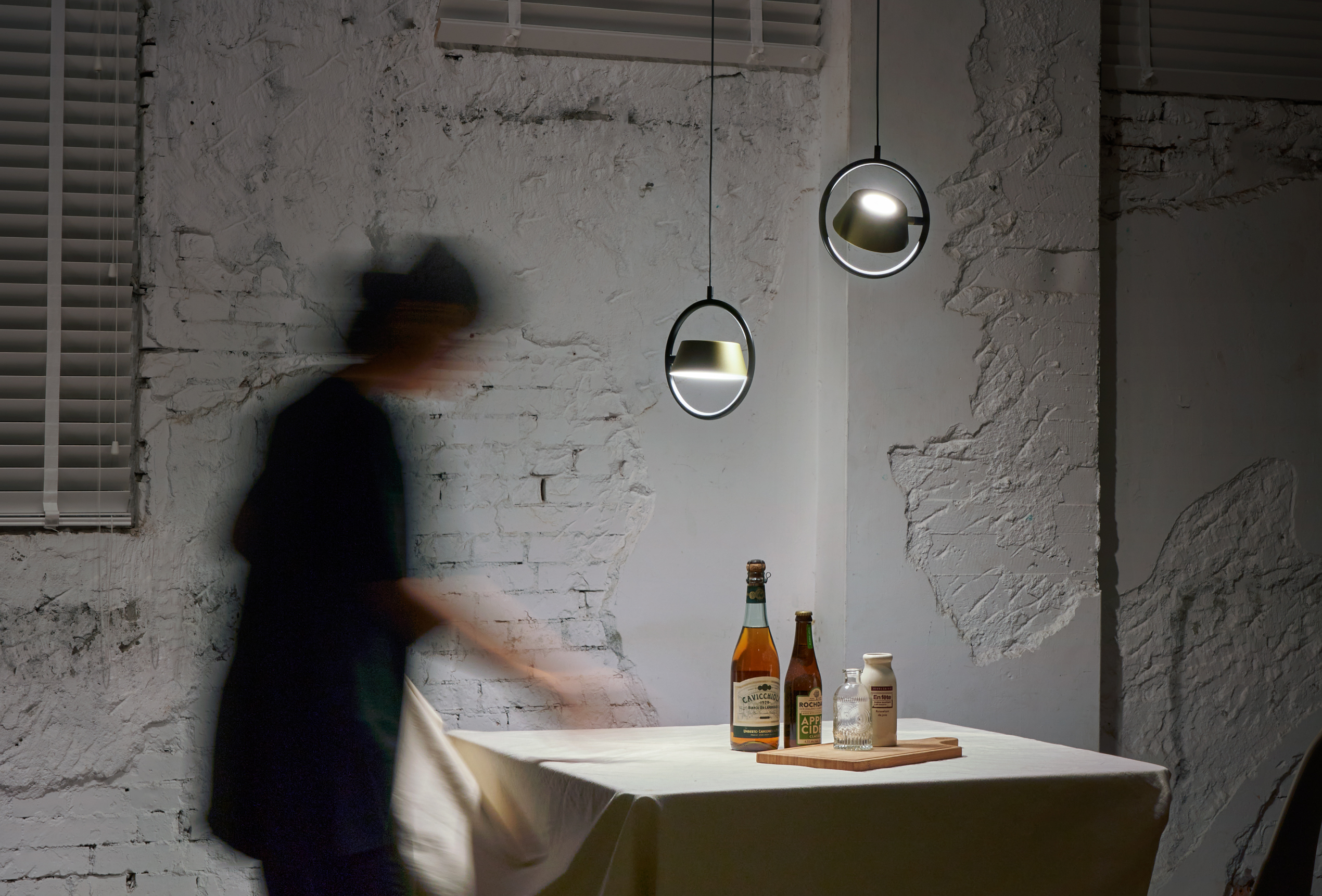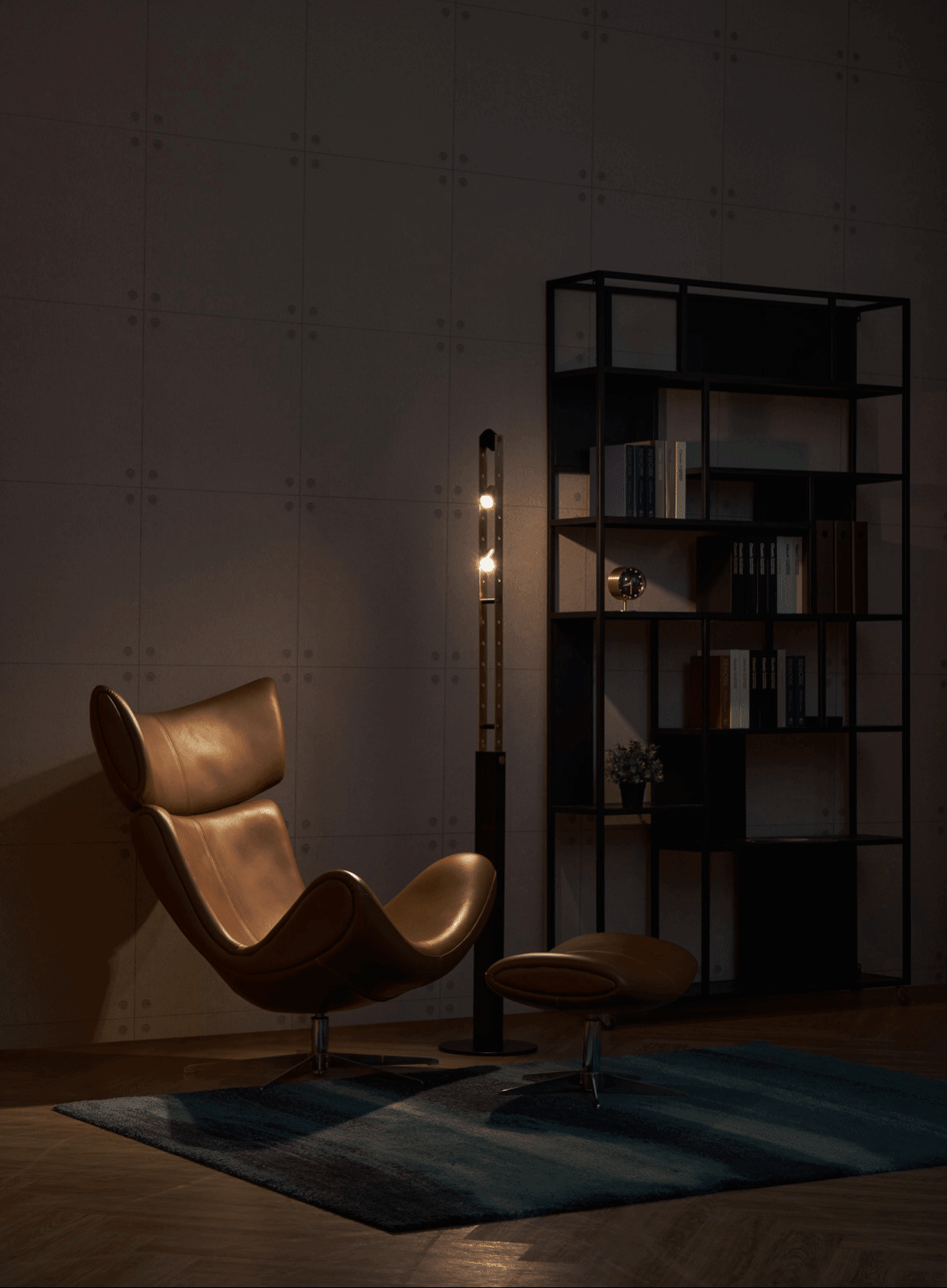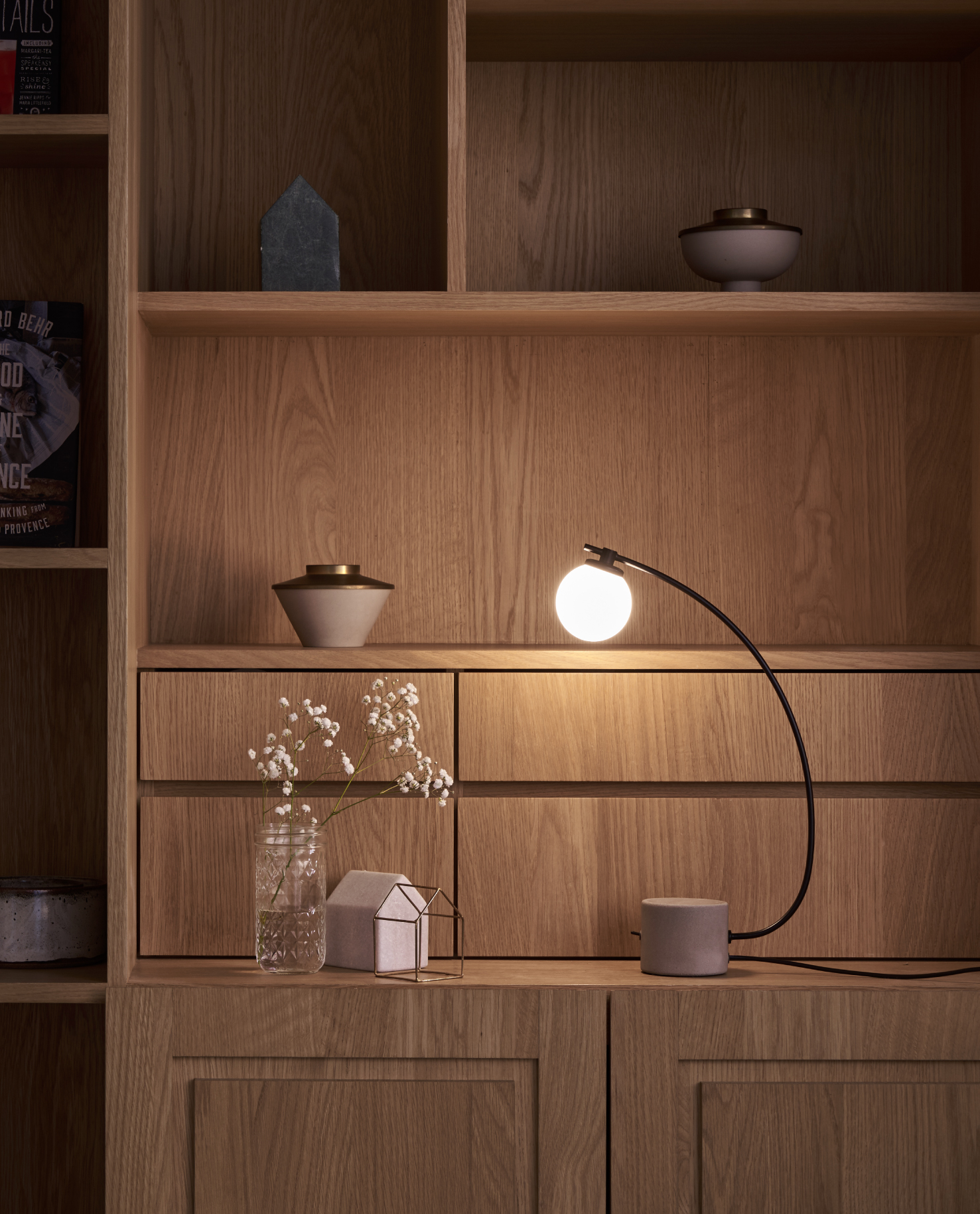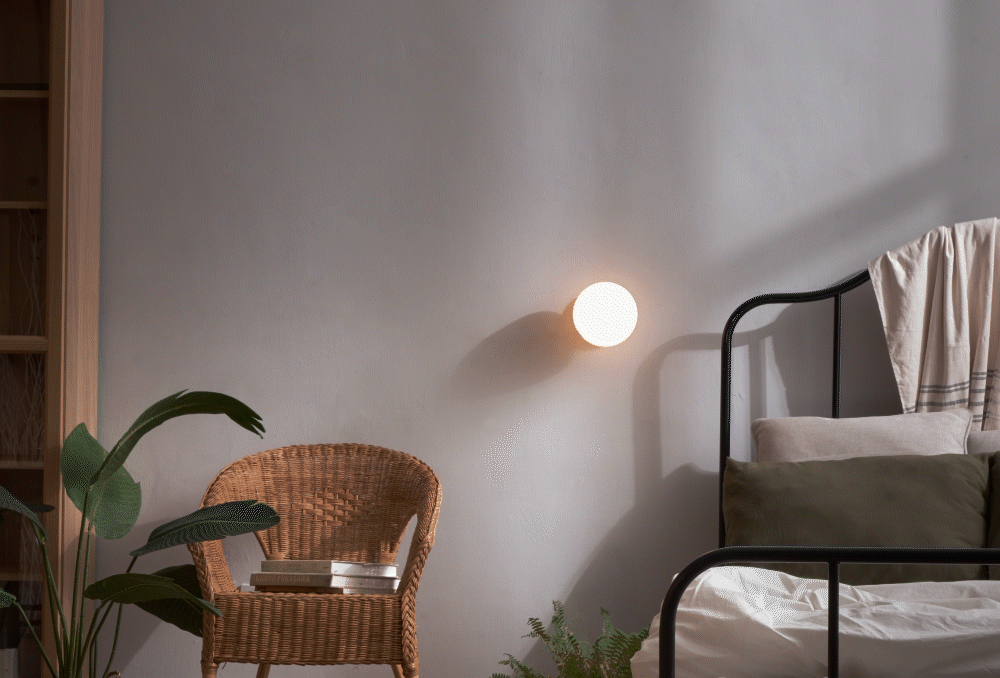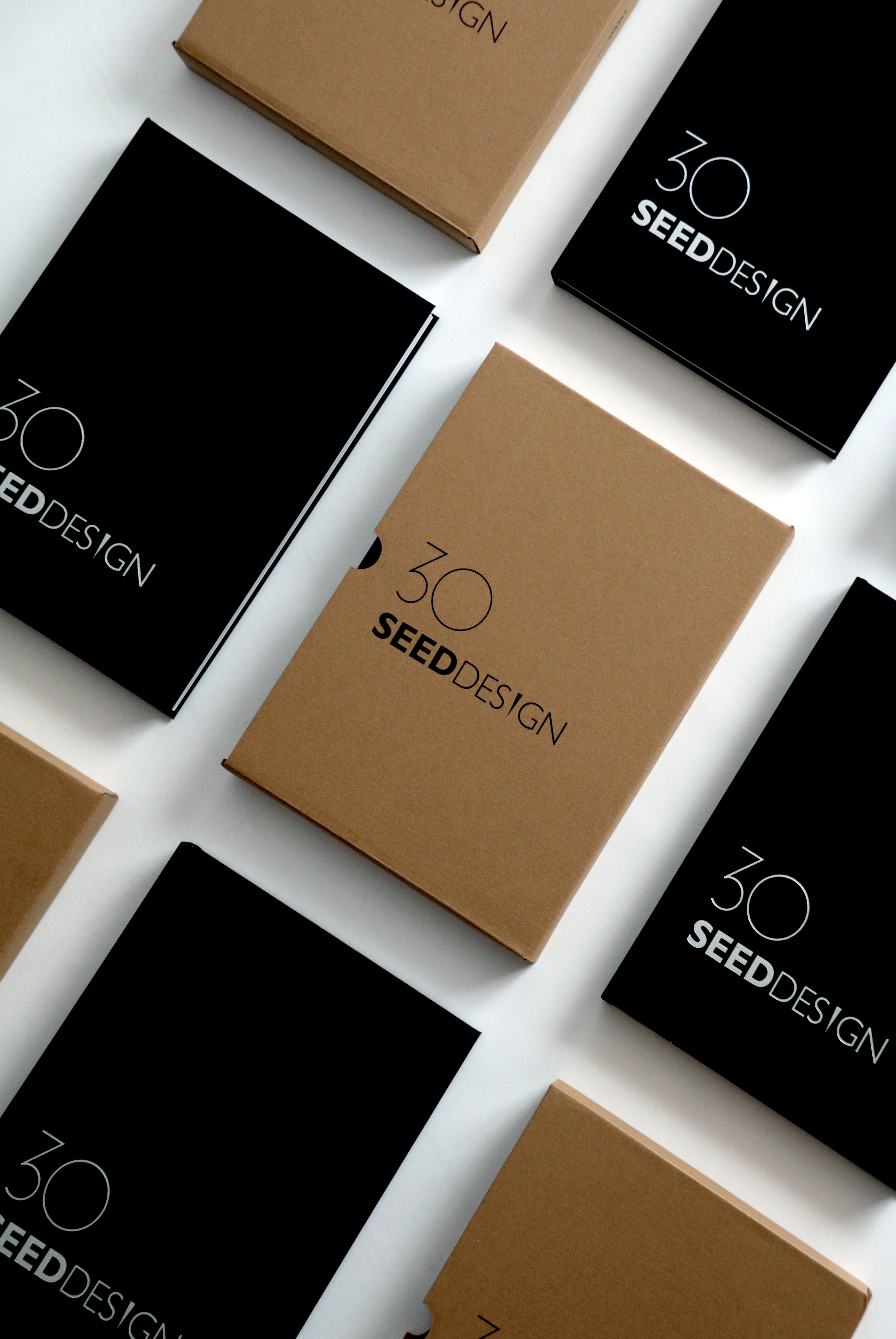The most important foil in a space
“Lighting only serves as a foil. But is it important? Sometimes, it is.”
Ben described his perspective using a metaphor: Lighting is fluid, and every individual space is a container. Different containers and the fluids inside will give the user a completely different experience. “Whenever I walk into a new space, I ask myself: ‘What is the theme? What is the storyline? What atmosphere should we create?’” If we are talking about a large urban landscape, lighting is what sews the spaces together. It scatters across the city, and the elements of different times and spaces mesh with people from different places in the lighting. But if it is a smaller indoor environment, lighting is definitely the best catalyst. With the right light to shadow ratio, people will gather in one area, creating invisible divisions in the space.

